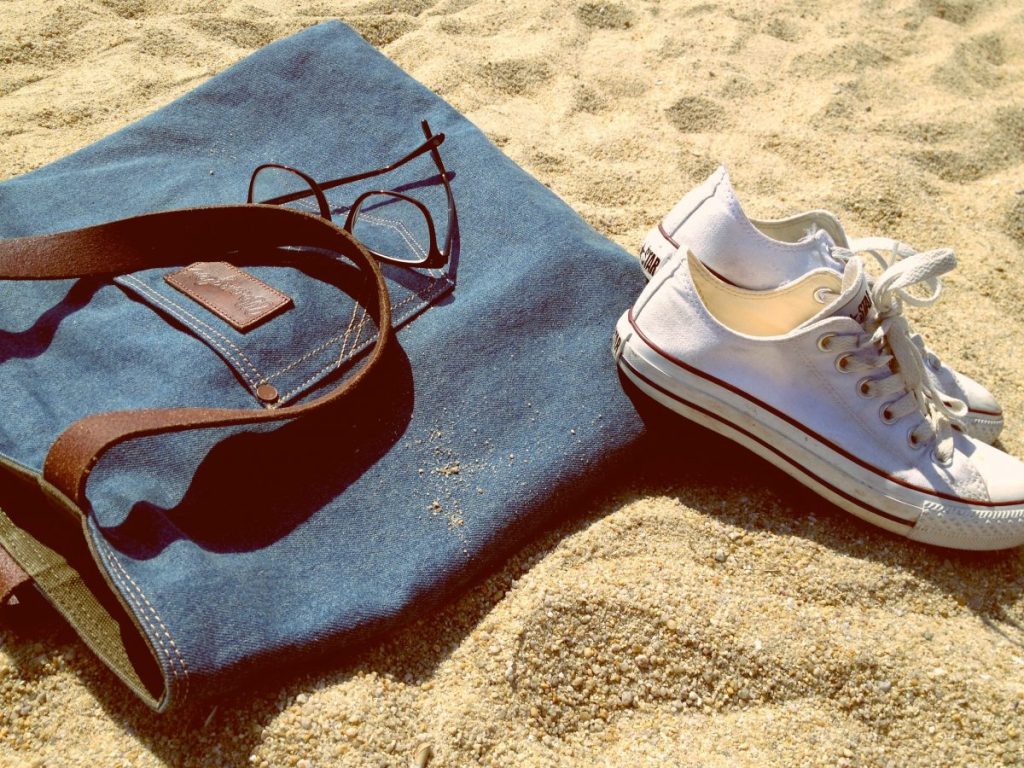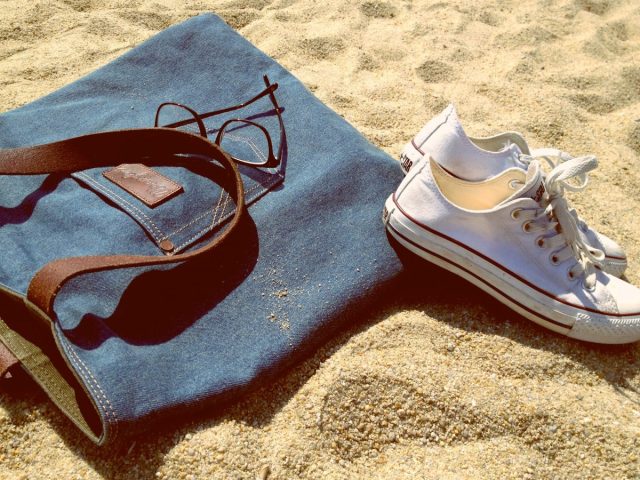Do you have a sunscreen that you know and trust? Now that summer is in full swing, parents need to find a safe and effective sunscreen for their family, The Environmental Working Group just added 119 more SPF products to their Guide to Sunscreens.
Lists of products by category:
Best Beach and Sport Sunscreens
It’s important to read product instructions. When sunscreen is applied incorrectly, it provides far less protection from harmful ultraviolet rays and leaves skin exposed to sun damage.

Here are 10 of the most common mistakes people make when applying sunscreen:
Not reading the ingredient label
- EWG recommends a mineral-based sunscreen with zinc oxide or titanium dioxide because these active ingredients have fewer health concerns, and these products generally offer good sun protection. Zinc oxide especially provides good broad spectrum protection, protection from both UVA and UVB rays, and stability in the sun.
Not applying enough sunscreen
- To protect your body fully, you should use about an ounce of lotion – enough to fill a shot glass. Product testers apply a thick coat of sunscreen to their skin to determine its SPF – the equivalent of a family of four using up a four-ounce bottle in just two hours. Make sure to slather it on!
Forgetting to reapply sunscreen every two hours
- Sunscreens lose effectiveness over time and having a high SPF in the product you use is no excuse to prolong your time in the sun. Such products can give people a false sense of security so they think they are completely protected from sunburn and long-term skin damage, and can stay out in the sun longer without reapplying. EWG recommends that consumers avoid products labeled with anything higher than SPF 50+.
Applying sunscreen outdoors
- Apply sunscreen 15 to 30 minutes before you venture outside. If you’re already exposed to the sun while applying sunscreen, harmful rays are already hitting your skin. On some days, even five minutes outside in the bright sunlight without sunscreen can damage skin.
Wearing sunscreen only at the beach or pool
- You’re exposed to harmful UV radiation year-round. Up to 80 percent of the sun’s UV rays can penetrate through thick clouds. It’s not unheard of to get a sunburn on an overcast day. In winter months, the sun’s skin-damaging ultraviolet rays reflect off snow and ice, increasing your exposure. This is especially true on ski vacations, with greater UV exposure the higher the altitude. Remember, UV rays can pass through some glass panes while you drive or work by a window. Check out more sunscreen myths here.
Using an old, separated or expired sunscreen
- As sunscreens age, or repeatedly heat and cool the formulation can separate or clump in its container. When this happens, the sunscreen won’t coat your skin in the thick or even way that’s necessary for proper skin protection. Shake sunscreens before applying and store them at an even temperature whenever possible. Toss any product if it clumps or if the oil separates from the lotion. Sunscreens are generally formulated to last about three years. However, it’s important to check expiration dates and examine the product’s texture before use. Discard products after their expiration date because they may no longer provide proper protection.
Neglecting to wear sunscreen because of your darker skin tone
- No one is immune from the sun’s harmful UV rays. Although dark skin tones naturally produce more melanin to protect skin, it’s not enough to prevent skin cancer, wrinkling and photo-aging.
Using a product that combines sunscreen and bug repellent
- Avoid products that combine insect repellent with sunscreen. Bugs are typically not a problem during the hours when UV radiation peaks. And, more importantly, if you reapply sunscreen every two hours, as advised, you will be overexposed to the active ingredients in the repellent.
Overlooking SPF products formulated for babies
- Many baby products are formulated without fragrance and other sensitizing or allergenic ingredients. These products also work well to help protect adults with sensitive skin. This year, EWG found 16 best-scoring sunscreen products for kids.
Relying on sunscreen alone
- Although sunscreen can help protect your skin from sun damage, it should never be your only line of defense. Proper sun protection includes wearing protective clothing, like a lightweight, long-sleeved shirt, pants, a wide-brimmed hat and sunglasses with UV protection. Find or make shade as much as possible, and stay indoors during peak midday sun.
—Jennifer Swartvagher
Featured photo Yaoqi LAI on Unsplash
RELATED STORIES
17 Sunscreens That Pack a Protective Punch
19 Beach Hacks That’ll Save Your Summer
Must-Have Baby Gear for a Day at the Beach











